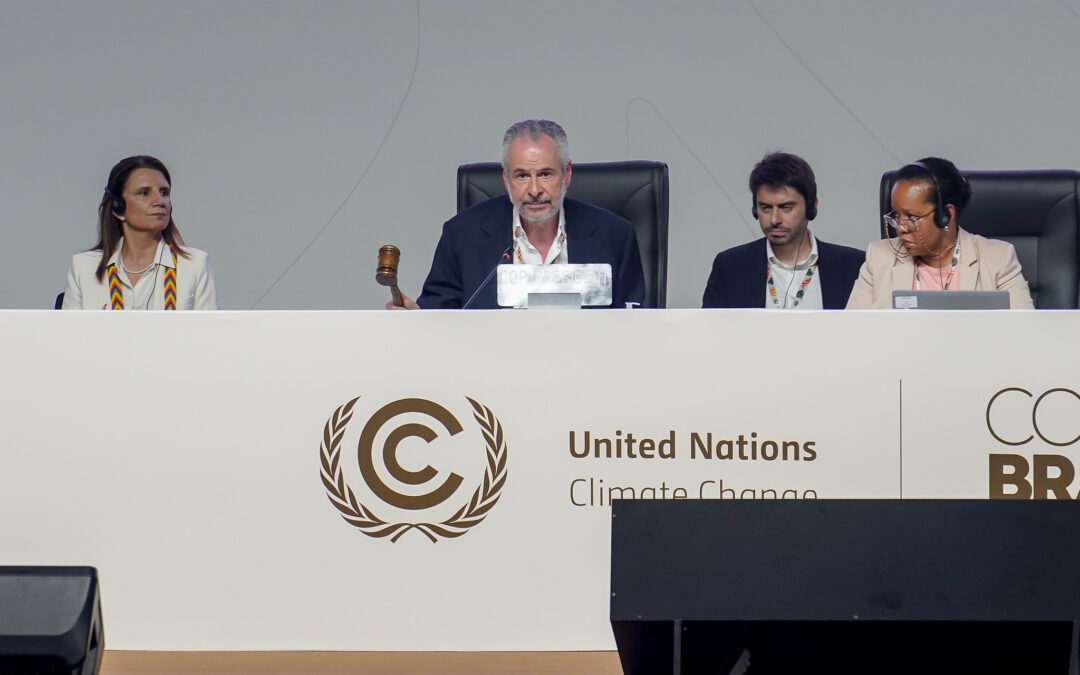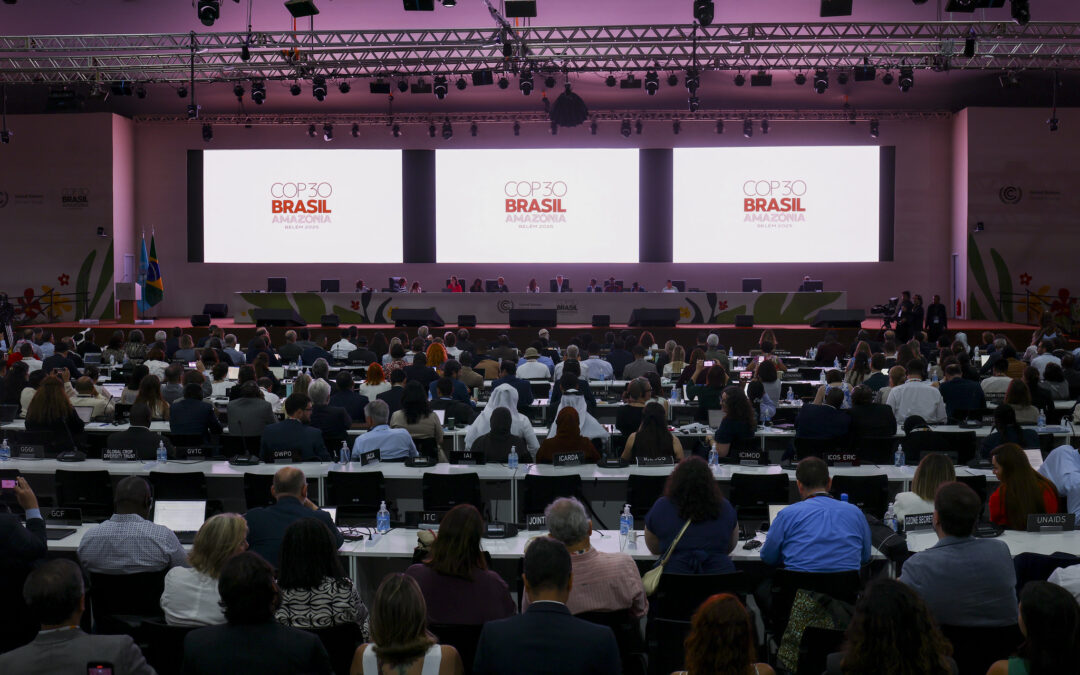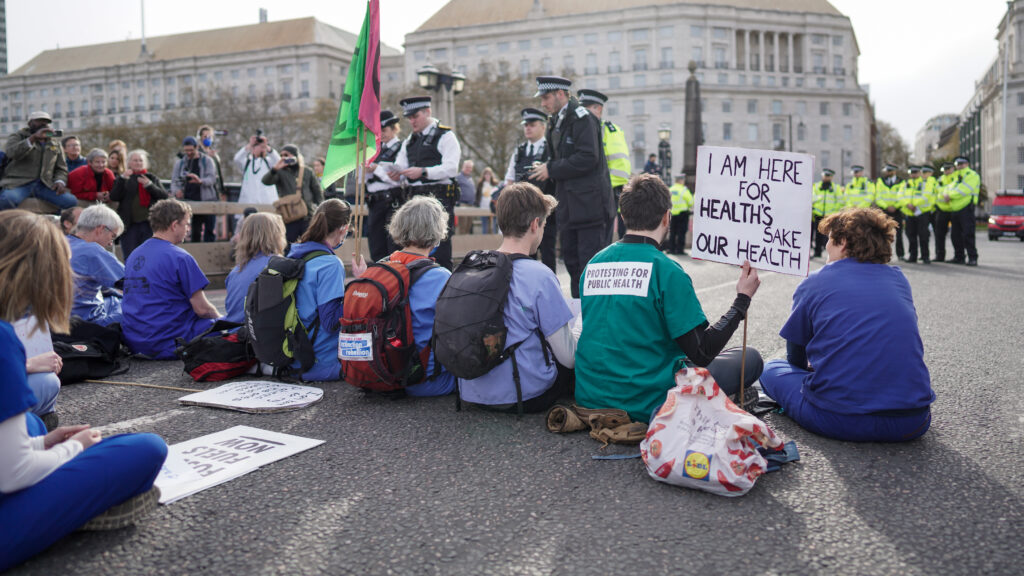
Dec 16, 2025
By Jeni Miller, Stella Hartinger, Mark Watts, Pamela Templer, December 16, 2025 on Dialogue Earth. As the world heats up, human health needs to be much more firmly on the climate negotiations agenda, say four experts Climate change and human health are not separate...

Nov 28, 2025
A selection of media coverage mentioning the Global Climate and Health Alliance during COP30: Earth.org: Reactions Pour in After Weak COP30 Agreement Howard Catton, CEO, International Council of Nurses (GHCA member organization) Nurses carry the memories of patients...

Nov 22, 2025
Belém, 22 November 2025:- As the COP 30 climate summit closed today, the Global Climate and Health Alliance bemoaned governments’ failure to deliver a genuinely transformative COP, including the lack of agreed progress on the phaseout of fossil fuels, while noting...

Nov 20, 2025
Belém, 20 November 2025:- The Global Climate and Health Alliance (GCHA) today welcomed Mexico’s publication of its climate commitments – its Nationally Determined Contribution 3.0 (NDC 3.0), and its signing of the Common Position of Latin America and the...

Nov 18, 2025
Belém, Brazil I November 18, 2025 – At COP30, physicians, nurses, and health and medical students representing millions of health workers worldwide issued an urgent call for countries to support a global commitment to Transitioning Away from Fossil Fuels...

Nov 18, 2025
Join today’s Health Leaders call for Life-saving Transition Away from Fossil Fuels press conference November 18, 1730 Belém time – in-person and livestreamed Negotiating to Protect Health and Lives: Global Climate and Health Alliance Recommendations for COP30...

Nov 13, 2025
Photos from the press event HERE Recording of the Press Conference can be found here. Belem, 13 November 2025 – Today, on Health Day at COP30, Regions4, the Global Climate & Health Alliance and CarbonCopy hosted a press conference, focused on “Positioning Health...

Nov 12, 2025
Join Us: Date: Wednesday, 12 November Time: 2:00 PM (local time) Location: Press Room 1, Blue Zone Watch: Livestream available here Organised by: ACT Climate Labs The marketing industry’s ties to fossil fuel clients remain a major barrier to climate action. For...

Nov 12, 2025
Timing: 2.30pm-3pm (local time) 📅 Date: 13 November 📌 Location: UNFCCC Press Conference 2, Area D, Belem On-the-ground contact: Shitiz Jha +91 93106 23741. A recording will be available after the event. Contact [email protected] for interviews...

Nov 11, 2025
What:CO30 Global March for Health & Climate Time: 1700 Belém, 11 November 2025 Location: Embaixada dos Povos, Av. Duque de Caxias, 852 – Marco, Belém. Map. Organizer: Medicos pelo Clima, Grupo de Trabalho Amazónico and many other organizations from...












